Last Updated on June 24, 2025 by Andreas
Ever been to the spot called Skinny Dip Falls? If you’ve spent time in Western North Carolina or driven along the Blue Ridge Parkway before 2021, chances are you might have pulled off at milepost 417, parked near the Looking Glass Rock overlook, and made the short hike to this hidden gem. For years, Skinny Dip Falls was a favorite swimming hole for families, hikers, and photographers. A scenic little paradise tucked away in the heart of Pisgah National Forest.

A Place That Felt Like Magic
What made it special? It wasn’t just the cool water or the short hike. It was the profound energy that enveloped the place. The moment you left the road behind and hit the trail, the world got quieter. You followed a shaded half-mile path, crossed a charming wooden bridge, and rounded a corner to discover a cascading, three-tiered waterfall. A 30-foot cascade of clear mountain water tumbled into a series of emerald-green plunge pools surrounded by moss-covered rocks and dense rhododendron.

Some described it as “a tropical paradise hidden in the Appalachians.” Others came back year after year with kids in tow, revisiting their own childhood memories. The name “Skinny Dip Falls” wasn’t necessarily a reference to any clothing-optional activity, but rather to the narrow channel below the second pool where the water took “a very skinny dip in the rocks,” as one local put it (Blue Ridge Mountain Life).

Hurricane Fred Changes Everything
But nature doesn’t make promises. And in August 2021, the remnants of Tropical Storm Fred slammed into Western North Carolina with a fury that few expected. What had started as a tropical depression in the Gulf morphed into a flash flood disaster when it collided with the Blue Ridge Mountains.
Fred dumped over 10 inches of rain across parts of Haywood and Transylvania Counties. The Davidson River and its tributaries, including the creek that fed Skinny Dip Falls which rose fast and violently. By the time the storm passed, roads were washed out, homes were destroyed, and the landscape was dramatically altered.
Skinny Dip Falls was unrecognizable.

The wooden bridge was gone, swept away by the surge. Trees were uprooted, rocks displaced, and the cascade itself was reduced to a trickle in places. Where once water poured into tranquil pools, now there was a gouged, debris-filled gully. Landslides and erosion carved up the trail. For many regulars, returning to the site was heartbreaking.
More Than a Casualty
Fred didn’t just alter the trail. It symbolized something larger. The transformation of Skinny Dip Falls became a kind of metaphor for how quickly and powerfully nature can change a beloved space. It reminded us that the Blue Ridge Parkway and its treasures aren’t guaranteed. They’re dynamic, alive, and sometimes devastatingly fragile.
In a statement following the storm, the U.S. Forest Service acknowledged the widespread damage to trails, access points, and recreation areas in Pisgah and Nantahala National Forests. While many trails reopened in the months that followed, the path to Skinny Dip Falls remained closed for an extended period.
Ghost of a Landmark
So what happens when a beloved destination disappears? Does it fade from memory? Or does it become something even more mythic in its absence?
Photos from before the storm still circulate on Instagram and in travel blogs. People share their memories of first dates, family outings, or solo dips into the cool water on a scorching July day. Hikers who return to the area today can still find the remnants if they look hard enough, but it’s no longer the experience it once was.
There have been discussions about restoring access or rebuilding the trail. But even if that happens, Skinny Dip Falls as it was is gone.
What It Meant to WNC
Skinny Dip Falls wasn’t just a swimming hole. It was a symbol of the region’s casual beauty and natural intimacy. Unlike major waterfalls like Looking Glass Falls or Sliding Rock, it didn’t require an entry fee, a long hike, or a crowd. It was, in a sense, a local secret hiding in plain sight.

Its rise to fame coincided with the rise of social media. Photos of its emerald pools and wooden bridges circulated widely in the late 2010s, making it one of the more photogenic spots on the Parkway. But even before the internet, locals knew it as a spot to unwind and cool off in the midst of summer’s heat.
And now, in its damaged state, it serves a new role: a quiet cautionary tale about impermanence. The Appalachian landscape is millions of years old, but even it can be reshaped in a single storm. Trails erode. Bridges collapse. Pools vanish.
Moving Forward
The Forest Service and local trail groups have shifted attention to other areas needing maintenance. Nearby spots like Graveyard Fields and Black Balsam Knob still draw hikers. But for those who knew Skinny Dip Falls, the loss still stings.
Perhaps someday a new trail will be cut, and a safe overlook rebuilt. Maybe the creek will settle into a new rhythm, and visitors will find beauty again in its altered flow. But it will never quite be the same and that’s okay.
The story of Skinny Dip Falls isn’t just about a place. It’s about what it means to love a landscape that doesn’t stay still. It’s about memory, loss, and the way wild spaces leave a mark on us long after we’ve left them behind.
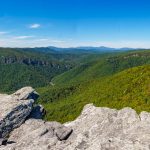
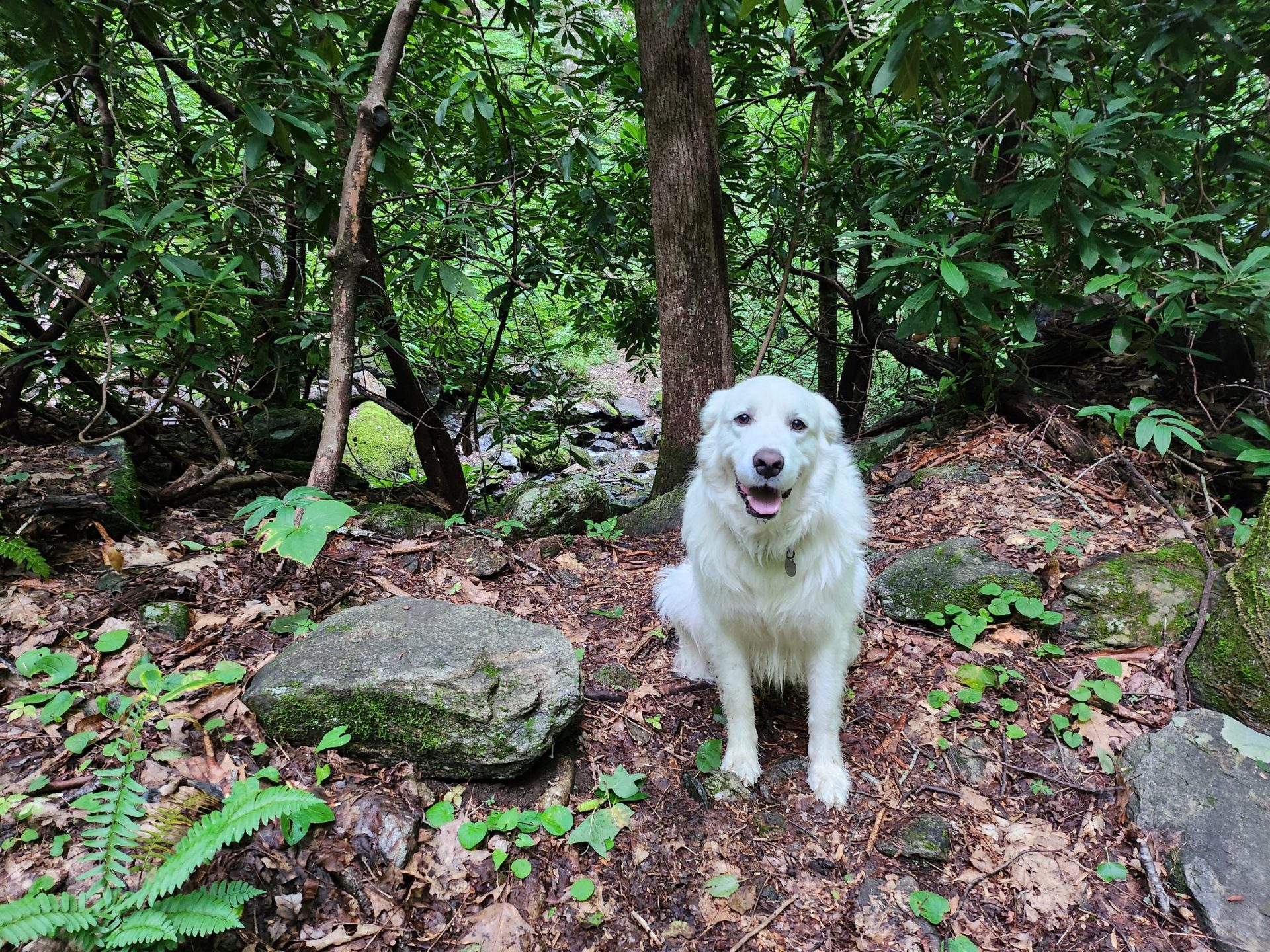
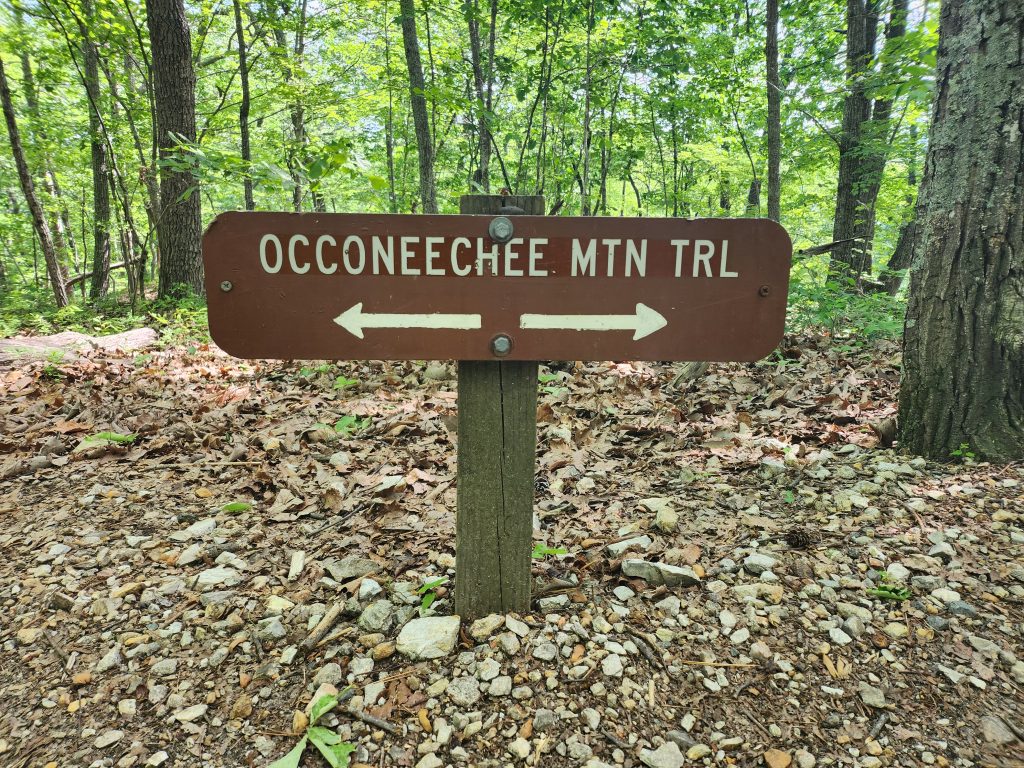
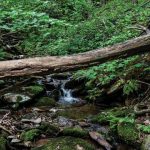

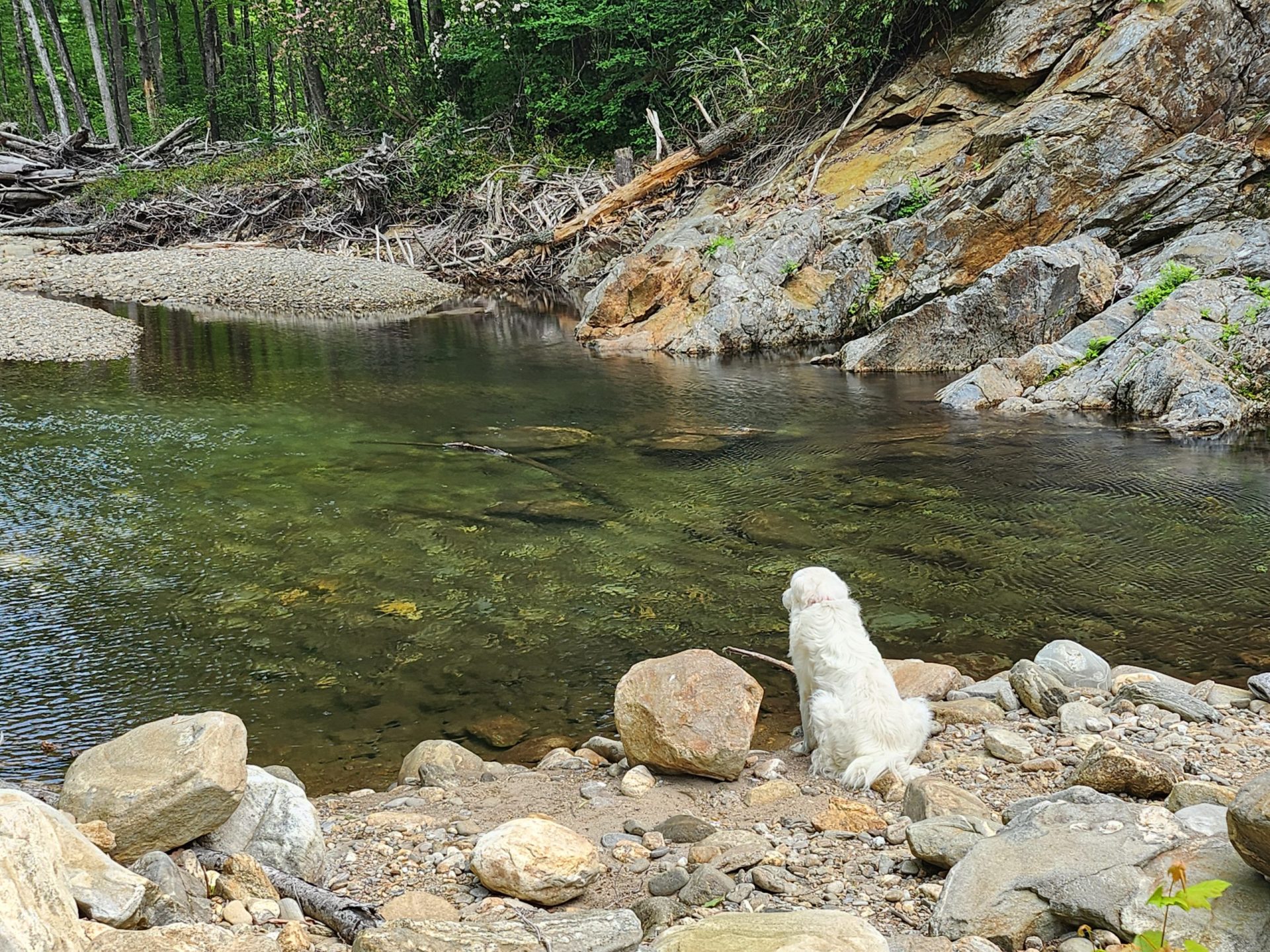
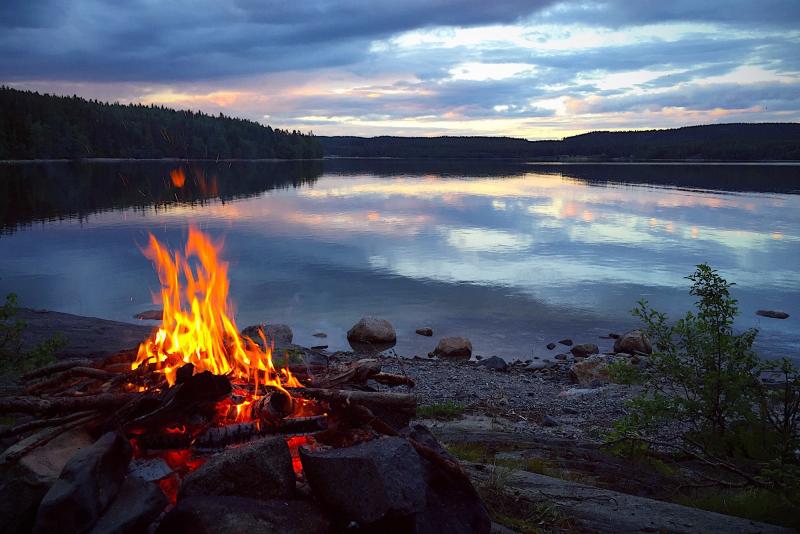
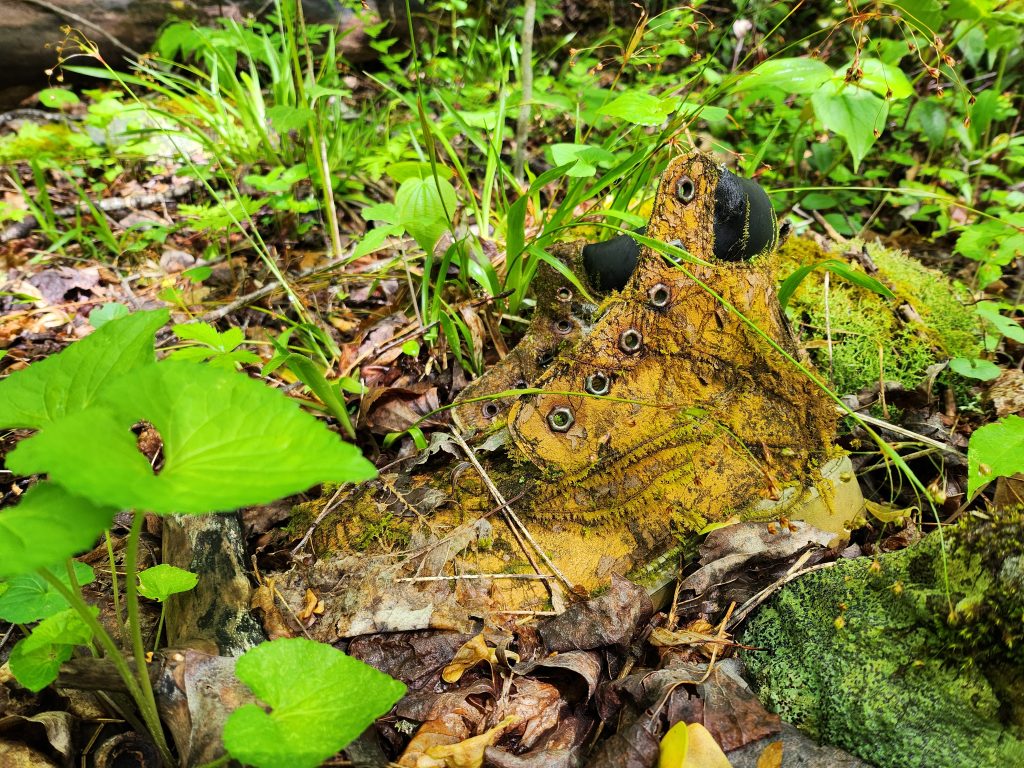
Leave a Reply